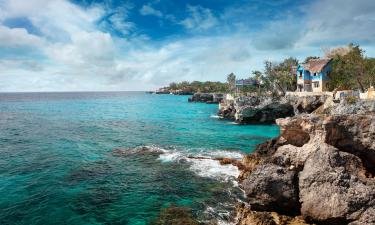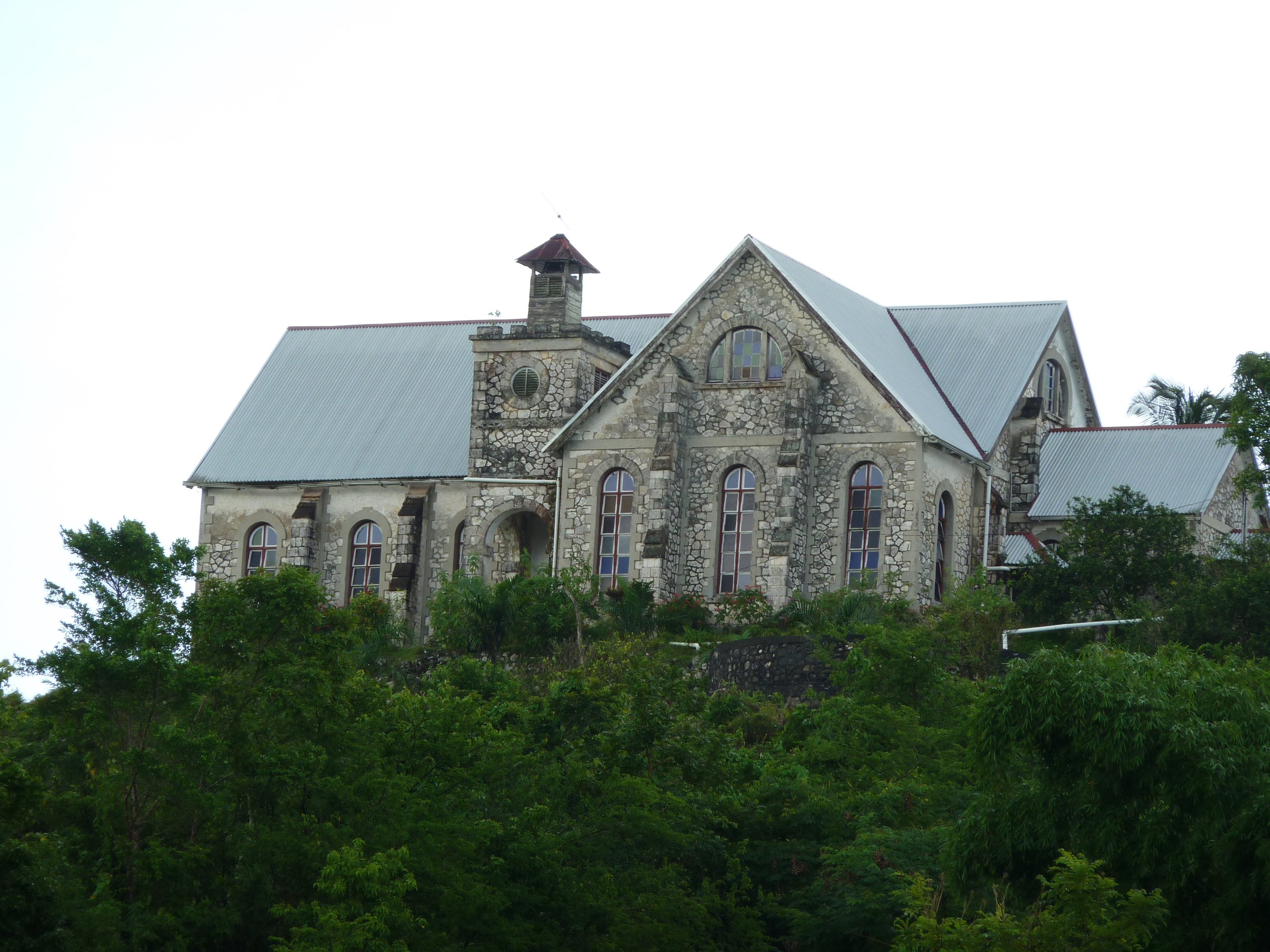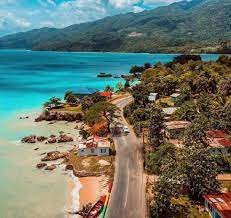"Westmoreland" was established by Spanish colonists as a port of call, thriving on the export of sugar and other commodities. Today, it is a picturesque peninsula with a cosmopolitan mix of cultures surrounded by water and jungle, whose most famous landmark is the landmark lighthouse. Frome, located some 5 miles away from Savanna-la-Mar, is one of the few remaining sugar factories in Jamaica. The explosion at this former sugar estate changed the course of Jamaica’s history. In the wake of these riots, the legislature passed universal adult suffrage, as well as a new constitution. The parish of Westmoreland is an island paradise. Its lush vegetation, unique natural habitats and abundant wildlife serve as a sanctuary for endangered species including the Jamaican iguana, which is found nowhere else on earth. The Great Morass area is located in the parish and serves as a conservation area – protecting important wetlands that support many species of fauna and flora.
WESTMORELAND, JAMAICA
Historical Information
Savanna-La-Mar is the parish capital, with a sub regional centre and acts as strong influence to the growth of the town. Bluefields-A coastal town established by the Spanish on their arrival in 1655. Grange Hill is located in western Westmoreland constituency and Negril is located in western Westmoreland constituency, where tourism dominates. Bethel Town is established as a Free Village in the 19th century, the property was initially established as a sugar plantation however, presently citrus cultivation and cattle farming dominates. The Bethel Town has a very important culture to preserve the cultural heritage of Bethel, it was named after a town in England.
Geographical Information




